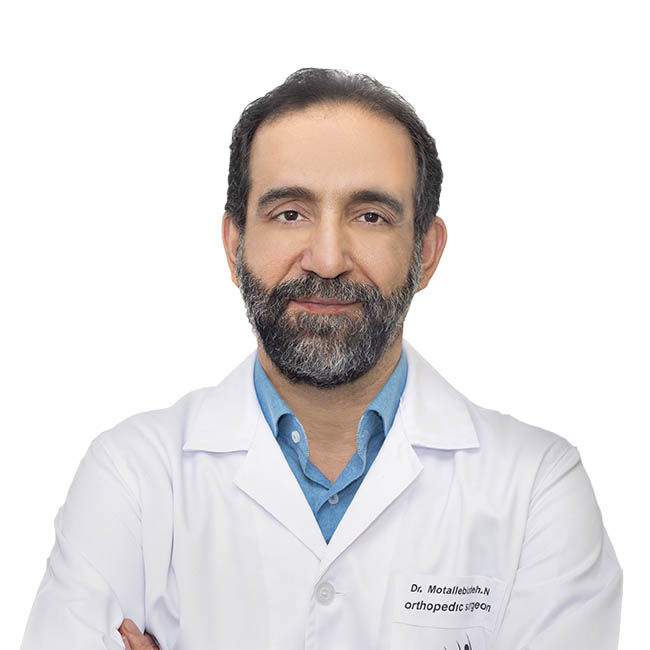Injection autologous combine serum (orthokine therapy) for arthrosis and inflammation of tendons and ligaments
What is the method of injecting combined autologous serum (ortokine therapy) for arthritis and inflammation of tendons and ligaments?
Autologous serum injection therapy, also known as Orthokine therapy, is a treatment option for people with arthritis or inflammation of tendons and ligaments. Here is a general overview of how Orthokine therapy is performed:
1. Blood draw: The first step in Orthokine therapy is to draw a small amount of the person's own blood.
2. Serum preparation: The blood is then processed to extract a serum that contains anti-inflammatory proteins, such as interleukin-1 receptor antagonist (IL-1Ra).
3. Incubation: The serum is then incubated with glass beads to stimulate the production of anti-inflammatory proteins.
4. Injection: Once the serum has been prepared, it is injected directly into the affected joint or tendon/ligament. The number of injections required can vary depending on the individual's specific condition and the severity of their symptoms.
The potential benefits of Orthokine therapy for arthritis and inflammation of tendons and ligaments can include:
1. Pain relief: Orthokine therapy can help to reduce pain associated with arthritis or inflammation of tendons and ligaments, allowing people to perform daily activities with greater ease.
2. Improved mobility: By reducing pain and inflammation in the affected area, Orthokine therapy can help to improve mobility and allow people to perform activities with greater ease.
3. Non-surgical: Orthokine therapy is a non-surgical treatment option, which can be beneficial for people who are not candidates for surgery or who prefer to avoid surgical interventions.
4. Low risk of side effects: Orthokine therapy is generally well-tolerated and has a low risk of side effects.
It's important to note that Orthokine therapy may not be suitable for everyone, and the specific treatment approach will depend on the individual's condition and other factors such as their age, overall health, and lifestyle. It's important to work with a healthcare professional to develop a personalized treatment plan.
What are the benefits of injectable combined autologous serum (ortokine therapy) for arthritis and inflammation of tendons and ligaments?
Orthokine therapy, or injectable combined autologous serum, is a treatment option for people with arthritis or inflammation of tendons and ligaments. Here are some of the potential benefits of Orthokine therapy:
1. Pain relief: One of the primary benefits of Orthokine therapy is that it can help to reduce or eliminate pain in the affected area. This can significantly improve a person's quality of life and allow them to perform daily activities with greater ease.
2. Reduced inflammation: Orthokine therapy can also help to reduce inflammation in the affected area, which can contribute to pain and stiffness.
3. Improved mobility: By reducing pain and inflammation in the affected area, Orthokine therapy can help improve mobility and allow people to perform activities with greater ease.
4. Non-surgical: Orthokine therapy is a non-surgical treatment option, which can be beneficial for people who are not candidates for surgery or who prefer to avoid surgical interventions.
5. Low risk of side effects: Orthokine therapy is generally well-tolerated and has a low risk of side effects.
6. Natural treatment: Orthokine therapy uses a person's own blood, which is processed to extract a serum that contains anti-inflammatory proteins, making it a natural treatment option.
7. Potential for tissue regeneration: Orthokine therapy has been shown to have the potential to promote tissue regeneration and healing in the affected area.
It's important to note that the specific benefits of Orthokine therapy will depend on the individual's condition and other factors such as their age, overall health, and lifestyle. It's important to work with a healthcare professional to develop a personalized treatment plan that takes into account the individual's unique needs and circumstances.


